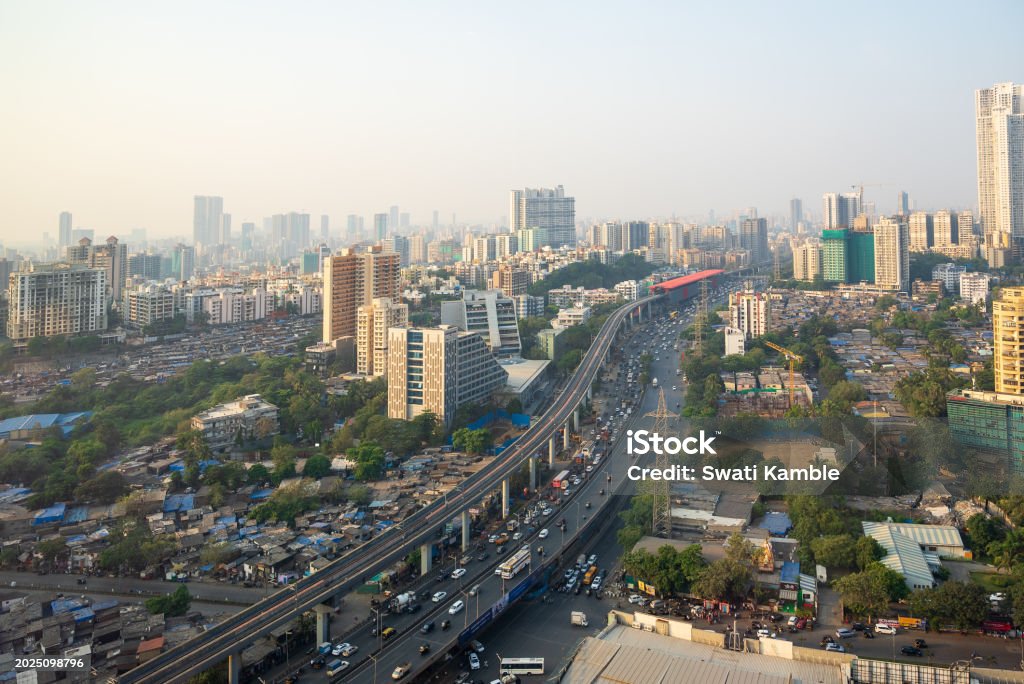
Urbanisation in India: The Quest for Sustainable and Inclusive Transit Solutions
Introduction
India’s rapid urbanisation is reshaping its economic, social, and spatial landscapes. As cities expand to accommodate growing populations and aspirations, the issue of urban mobility has taken centre stage. Transport infrastructure is not merely about moving people; it is a critical driver of economic productivity, environmental sustainability, and social equity.
While cities promise economic dynamism and better quality of life, these benefits can be undermined if mobility solutions are inadequate or poorly planned. Congestion, pollution, and inequitable access to transport are persistent challenges that call for integrated, inclusive, and environmentally sustainable transit strategies.
This blog delves into the complex interplay between urbanisation and transit needs in India. Drawing from policy trends, technological developments, and global best practices, it outlines the opportunities and imperatives in shaping urban mobility that serves both people and the planet.
Urbanisation and Rising Transport Needs
India’s urban population is growing at an unprecedented rate. By 2030, it is estimated that over 40% of Indians will live in urban areas. With this shift comes the pressure to provide efficient, affordable, and sustainable mobility. The transport demands of cities are diverse — catering to different income groups, employment hubs, residential patterns, and leisure activities.
Public transportation, traditionally the backbone of urban mobility, faces challenges in capacity, service quality, and coverage. Meanwhile, private vehicle ownership continues to rise, fuelling congestion and pollution.
Government Initiatives and Policies
- PM Electric Vehicle Mission: Aims to transform urban mobility by promoting electric buses and shared e-mobility solutions.
- Metro Rail Expansion: Metro systems have been developed or are under construction in several cities, enhancing mass transit options.
- FAME Scheme: Encourages the adoption of electric vehicles, including buses, to reduce dependence on fossil fuels.
These efforts reflect a recognition that future urban transit must be clean, efficient, and inclusive. Yet, the journey towards achieving this vision is still in progress.
The Imperative of Sustainable Mobility
Sustainable mobility is no longer optional; it is essential for:
- Environmental health: Road transport is a major contributor to urban air pollution and greenhouse gas emissions.
- Economic efficiency: Traffic congestion costs Indian cities billions in lost productivity annually.
- Social equity: Affordable and accessible transport is critical for inclusion, allowing all citizens to participate in urban life.
Seeking Alternatives: Beyond Traditional Models
- Multimodal Integration: Seamlessly connect metro, bus, para-transit, and non-motorised transport to provide end-to-end connectivity.
- Cost-effective Public Transport: Ensure that transport solutions are financially viable without perpetual reliance on subsidies.
- Promotion of Non-Motorised Transport (NMT): Encourage walking and cycling through dedicated infrastructure, safer streets, and supportive urban design.
- Shift from Fuel-Intensive Modes: Prioritise modes powered by clean energy sources such as electric, CNG, hydrogen, or biofuels.
Lessons from Global Cities
- Singapore: Successfully curbed private vehicle use through congestion pricing and heavy investment in public transport.
- Curitiba (Brazil): Pioneered Bus Rapid Transit (BRT), showing how cost-effective solutions can deliver high-quality service.
- Paris and London: Promoted cycling and walking by redesigning city spaces and restricting vehicle access in core areas.
The Challenge of Financing Urban Transit
Large infrastructure projects, such as metro rail, require substantial investment and long gestation periods before returns are realised. The Government must explore:
- Dedicated urban transport funds
- Land value capture financing
- Bonds, viability gap funding, and leveraging multilateral institutions
The Role of Urban Planning
Transit solutions cannot be divorced from broader urban planning. Compact city models, mixed-use zoning, and affordable housing near transit hubs reduce travel demand and encourage public transport use.
The Way Forward: An Integrated Strategy
- Strengthen Institutional Frameworks: Establish empowered metropolitan transport authorities with clear mandates.
- Promote Technological Innovations: Encourage local R&D and manufacturing in clean transport technologies.
- Engage Citizens: Build public support for behavioural change, such as using public transport over private vehicles.
- Ensure Social Equity: Design systems that are affordable for the poorest sections while being attractive enough to dissuade private vehicle use among the affluent.
Conclusion
Urbanisation offers immense opportunities for economic growth and improved quality of life. However, these opportunities can only be realised if urban mobility systems are inclusive, efficient, and environmentally sustainable. India stands at a crossroads where the choices it makes in urban transport policy today will shape the health, prosperity, and sustainability of its cities for decades to come.